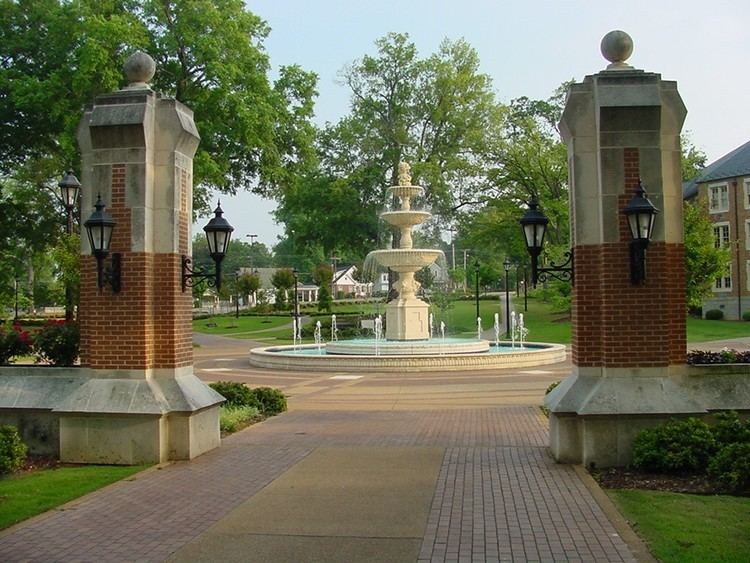 | ||
Education in Alabama consists of public and private schools in Alabama, including the University of Alabama, private colleges, and secondary and primary schools.
Contents
Primary and secondary education
Public primary and secondary education in Alabama is under the overview of the Alabama State Board of Education as well as local oversight by 67 county school boards and 60 city boards of education. Together, 1,541 individual schools provide education for 743,364 elementary and secondary students.
Public school funding is appropriated through the Alabama Legislature through the Education Trust Fund. In FY 2006–2007, Alabama appropriated $3,775,163,578 for primary and secondary education. That represented an increase of $444,736,387 over the previous fiscal year. In 2007, over 82 percent of schools made adequate yearly progress (AYP) toward student proficiency under the National No Child Left Behind law, using measures determined by the state of Alabama. In 2004, 23 percent of schools met AYP.
While Alabama's public education system has improved, it lags behind in achievement compared to other states. According to U.S. Census data from 2000, Alabama's high school graduation rate – 75% – is the second lowest in the United States (after Mississippi). The largest educational gains were among people with some college education but without degrees. This value dropped to 72% for the 2010-2011 school year, but at least 8 states had a lower figure than Alabama that year.
There have been concerns about literacy. 130 high schools out of 367 in the state either failed reading or were classified as "borderline" for 11th graders for the school year 2008-9. 60% of Alabama's school systems had at least one school that failed reading or was borderline.
The state provides education from grades Kindergarten through grade 12. It established a pre-kindergarten program. This program was recognized in 2007, 2008, 2009 and 2010 as having the highest quality standards, tied for first place with North Carolina. In addition to state funded pre-k programs administered through the state, some public schools in the state offer pre-k through the use of local and federal funds. The appropriation for the state funded pre-k program is $18,376,806. Currently, 7% of the state's four-year-olds participate in the First Class program.
Although unusual in the West, school corporal punishment is not uncommon in Alabama, with 27,260 public school students paddled at least one time, according to government data for the 2011–2012 school year. The rate of school corporal punishment in Alabama is surpassed only by Mississippi and Arkansas.
Colleges and universities
Alabama's programs of higher education include 14 four-year public universities, numerous two-year community colleges, and 17 private, undergraduate and graduate universities. Public, post-secondary education in Alabama is overseen by the Alabama Commission on Higher Education. Colleges and universities in Alabama offer degree programs from two-year associate degrees to 16 doctoral level programs.
Accreditation of academic programs is through the Southern Association of Schools and Colleges as well as a plethora of subject focused national and international accreditation agencies.
Charter schools
Alabama has no charter schools. Governor Bob Riley (R) proposed charter schools to the Alabama legislature, but the proposition was killed in House and Senate committees in mid-February 2010. Opposition to charter schools has been fierce, by Democrats, city and county school systems, and the Alabama Education Association.
